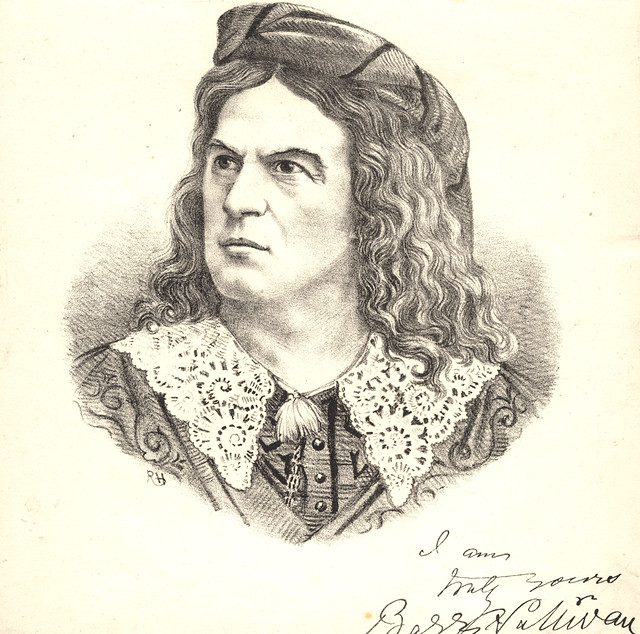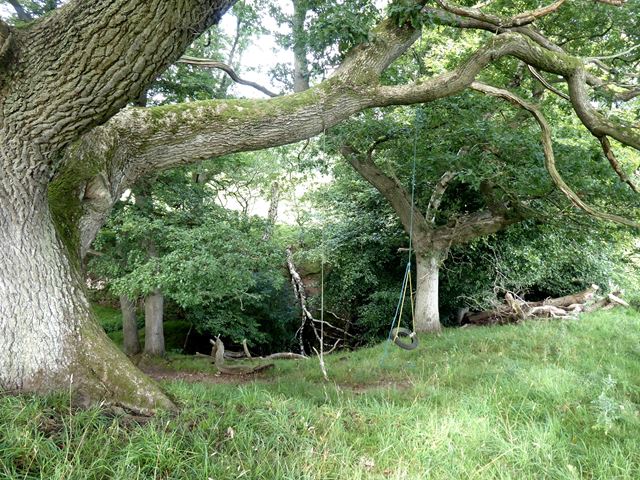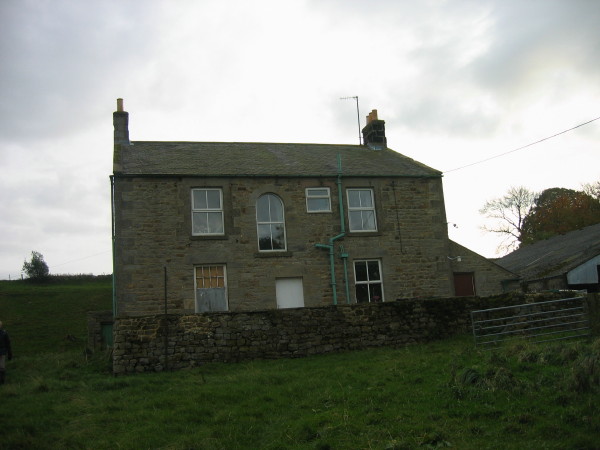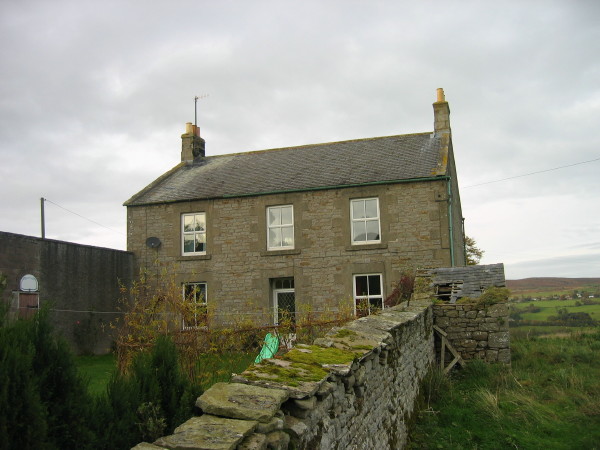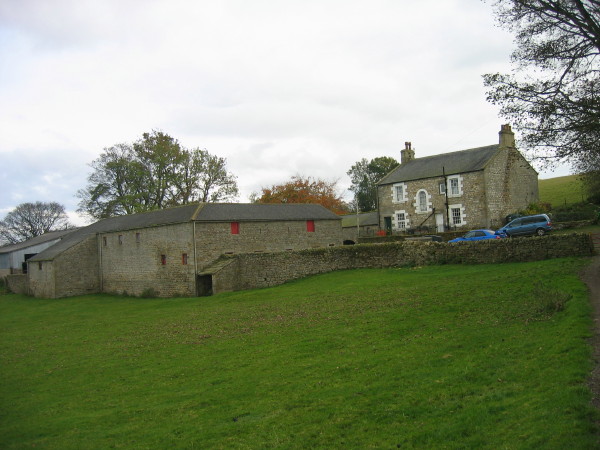Topics > People in History > Nicholas Wood (1795 - 1865)
Nicholas Wood (1795 - 1865)
Nicholas Wood (24th April 1795 - 19th December 1865) was a leading mining and steam locomotive engineer. He was a founder of the North of England Institute of Mining and Mechanical Engineers, and was its first President.
Nicholas Wood FRS (24 April 1795 – 19 December 1865) was an English colliery and steam locomotive engineer. He helped engineer and design many steps forward in both engineering and mining safety, and helped bring about the North of England Institute of Mining and Mechanical Engineers, holding the position of President from its inauguration to his death.
Early life
Nicholas Wood was born at Sourmires, in the parish of Ryton, then in County Durham, the son of Nicholas and Ann (née Laws) Wood. Nicholas Senior was the mining engineer at Crawcrook colliery. Nicholas Junior attended the village school at Crawcrook and started work in 1811 at Killingworth Colliery as an apprentice colliery viewer under the guidance of Ralph Dodds. Wood eventually became the viewer, or colliery manager, of Killingworth Colliery in 1815. He was there a close associate of the colliery enginewright George Stephenson, helping him develop his version of the safety lamp and making considerable technical contributions to the development of his locomotive Blücher. Early in their career, George Stephenson began developing a revolutionary safety lamp, yet it was Wood, already an accomplished craftsmen, who made the drawing to which the "Geordie" lamp was made, under the supervision of the inventor. It was Nicholas Wood who actually designed the system of actuating the valves of Stephenson's Blücher with eccentrics added to the axle; most of the valve gears, including, ironically, the Stephenson Gear, were based on the use of eccentrics, however, not on the simple slip eccentrics of Wood. He also carried out in 1818 a series of experiments on rolling resistance, lubrication and laminated steel springs of locomotives. In 1823 he accompanied Stephenson to the meeting with Edward Pease in Darlington at which Pease was convinced to use locomotives on the Stockton and Darlington Railway and put Stephenson in charge of building it. Wood and Stephenson remained in close contact throughout their lives, and George Stephenson even sent his son, Robert Stephenson, to work as Wood's apprentice, where he flourished.
Career
By 1825 he had gained sufficient reputation and expertise in the design and testing of locomotives that in 1825 he was able to publish his influential book A Practical Treatise on Rail-roads and Interior Communication, in which he analysed the various types of 'motive power' then in use: self-acting planes, fixed steam-engine planes, horses and steam locomotives. He was also invited to give evidence before committees of both houses of parliament on the Liverpool and Manchester Railway Bill and then appointed as one of the three judges, along with John Rastrick and John Kennedy, at the subsequent Rainhill Trials of 1829. He republished his book, considerably enlarged by reports and discussion of the trials, as a second edition in 1831. A third edition appeared in 1838.
In 1832 he was involved in the building of the Newcastle and Carlisle Railway and in 1845 became a director of the Newcastle and Berwick Railway. Wood was also given an opportunity to display his geological knowledge of Northumberland when the Society for the Diffusion of Useful Knowledge held a session in Newcastle. Over the years, his popularity outside of the North of England grew, and, when there was a sudden and horrific mining accident in St. Hilda's Colliery, South Shields, in which fifty people were killed, a report considering the lack of safety in the mines was published, resulting in the required aid of Wood's knowledge of coal safety. This would lead to Wood becoming one of the men who founded the North of England Institute of Mining, later to become the North of England Institute of Mining and Mechanical Engineers.
North of England Institute of Mining and Mechanical Engineers
In 1844 Wood became a partner in the company that owned Hetton Colliery, and moved to Hetton Hall as colliery manager. He also had a vested interests in a number of other local collieries and businesses. Following the introduction of the Mines Inspection Act of 1850 he was appointed President of the newly formed North of England Institute of Mining Engineers. He campaigned for a College of Science in Newcastle which eventually came to fruition after his death, and was the forerunner to Newcastle University. In 1857, he published an other work on mining safety, On the conveyance of coals underground in pits, which was read at monthly meetings of the Institute. In 1858 he was elected member of the North of England Institute of Mining and Mechanical Engineers, and soon became its first President, delivering the Inaugural Address, and was thus re-elected each year afterwards until his death in 1865. In 1864 Wood was made a Fellow of the Royal Society.
He married Maria Lindsay of Alnwick in 1827; they had four sons and three daughters. In declining health for some months, he died while visiting London for medical consultations on 19 December 1865. He was buried at Hetton. His four sons all made names for themselves in the coal industry; the youngest, Sir Lindsay Wood, becoming chairman of Hetton Collieries after his father's death and a baronet.
Legacy
In 1871, in honour of Nicholas Wood, the Neville Hall within the North of England Institute of Mining Mechanical Engineers was renamed the Wood Memorial Hall. Planned to open on 5 August 1871, on the nineteenth anniversary of its foundation, the opening was delayed, owing to the joiners being on strike for four months. The Hall was successfully reopened on 2 July 1872, and was considered by many of the members to be a worthy testimonial to the memory of Nicholas Wood. Within the building, there is a monumental statue of Nicholas Wood presiding over the library, mounted on the top of a throne in the setting of an iconostasis.
Visit the page: Nicholas Wood for references and further details. You can contribute to this article on Wikipedia.

from https://commons.wikimedia.org…
Statue of Nicholas Wood in the library of the North of England Institute of Mining and Mechanical Engineers in the
- Photo by Chris McKenna (Thryduulf), 2013, available under a Creative Commons BY-SA 3.0 licence.
Added by
Simon Cotterill

from https://commons.wikimedia.org…
Neville Hall and Wood Memorial Hall, Newcastle upon Tyne; statue of Nicholas Wood
- Photo by Harry Mitchell, 2013, available under a Creative Commons BY-SA licence.
Added by
Simon Cotterill
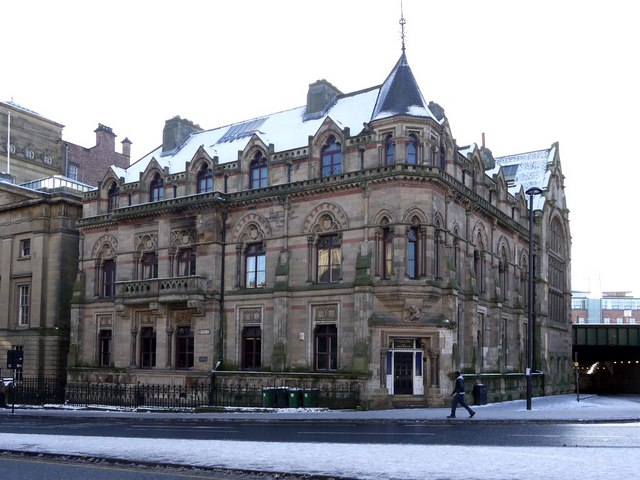
Co-Curate Page
Neville Hall and Wood Memorial Hall
- Overview Map Street View Neville Hall is a distinctive gothic building on Westgate Road in Newcastle, near the junction with Neville Street. It was built 1869 - 1872 and designed …
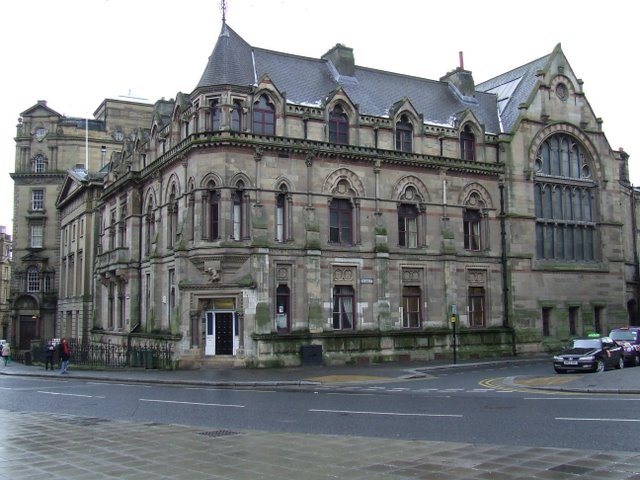
Co-Curate Page
North of England Institute of Mining and Mechanical Engineers
- Overview About the Institute Notable Members The North of England Institute of Mining and Mechanical Engineers (NEIMME) was founded in 1852 and its first chairman was Nicholas Wood. The Mining …
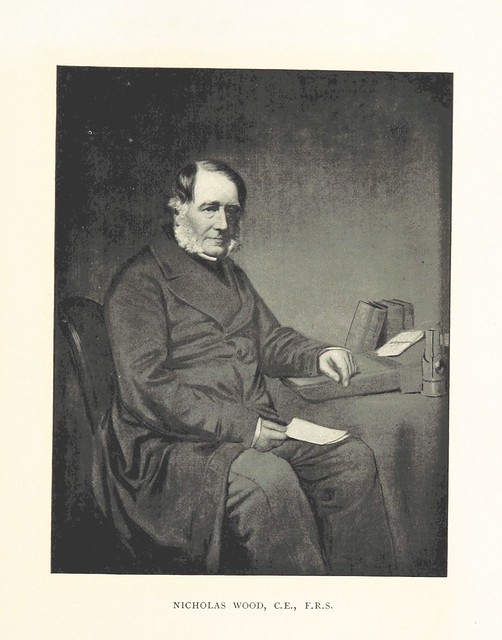
from Flickr (flickr)
Image taken from page 353 of 'The History of the Literary and Philosophical Society of Newcastle-upon-Tyne, 1793-1896 ... With ... illustrations'
Pinned by Simon Cotterill


from https://commons.wikimedia.org…
Statue of Nicholas Wood in the library of the North of England Institute of Mining and Mechanical Engineers in the
- Photo by Chris McKenna (Thryduulf), 2013, available under a Creative Commons BY-SA 3.0 licence.
Added by
Simon Cotterill

from https://commons.wikimedia.org…
Neville Hall and Wood Memorial Hall, Newcastle upon Tyne; statue of Nicholas Wood
- Photo by Harry Mitchell, 2013, available under a Creative Commons BY-SA licence.
Added by
Simon Cotterill

Co-Curate Page
Neville Hall and Wood Memorial Hall
- Overview Map Street View Neville Hall is a distinctive gothic building on Westgate Road in Newcastle, near the junction with Neville Street. It was built 1869 - 1872 and designed …

Co-Curate Page
North of England Institute of Mining and Mechanical Engineers
- Overview About the Institute Notable Members The North of England Institute of Mining and Mechanical Engineers (NEIMME) was founded in 1852 and its first chairman was Nicholas Wood. The Mining …

from Flickr (flickr)
Image taken from page 353 of 'The History of the Literary and Philosophical Society of Newcastle-upon-Tyne, 1793-1896 ... With ... illustrations'
Pinned by Simon Cotterill
